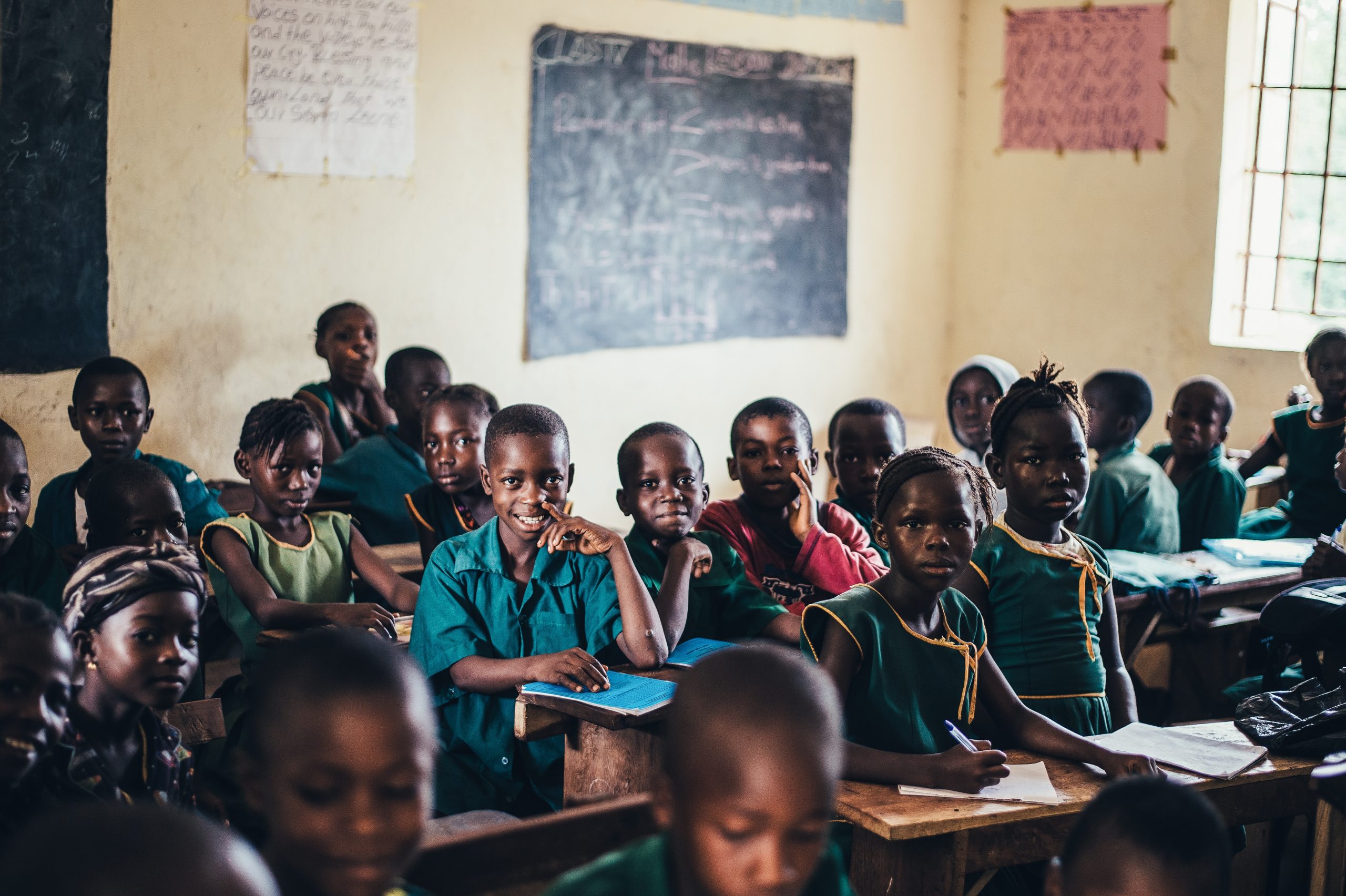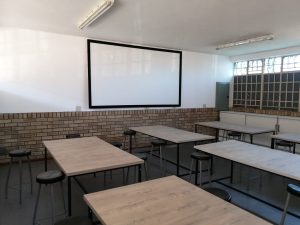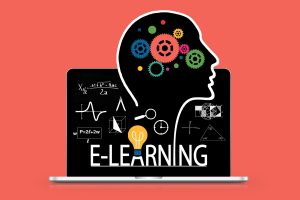Basic Education Minister Angie Motshekga has finally signed the gazette and approved the amendments to the National Policy to the Programme and Promotion Requirements of the Curriculum Grades R-12. This means that she made it possible for Coding and Robotics to become part of the curriculum for Grades R-9. It further affirms the government’s commitment to providing learners with the necessary 21 st-century skills.
The big question to think about is what this new change means for South African learners. In a nutshell, South Africa has aligned with the global changes in promoting its learners. Notably, Coding and Robotics have become an essential part of the curriculum to prepare the future generations for the unprecedented future of technology and innovation. In this regard, the two subjects will undoubtedly transform the education system to turn out a generation of students well-grounded in computational thinking, solving problems and creativity.
The Critical aspect of the initiative is that it focused on early exposure. Initially, in the various communities and schools did not consider these two subject matters as a vital part of the learner’s skills, hence significant neglect in shaping the future generation of innovators. To this effect, exposure early enough was seen as vital in increasing confidence among learners with the acquisition of relevant contemporary skills. In another respect, early exposure to these subject matters was necessary as a tonic for exposing learners to potential career opportunities as innovators and problem solvers. Nevertheless, implementation of this new curriculum is bound to fail if training is not done early enough to prepare the teachers. Consequently, the implementation of the new curriculum will go hand in hand with teacher development and training. The essence of teacher development is to ensure that they acquire the necessary skills and supports that will ensure successful implementation.
Instead of teaching Coding and Robotics in isolation from other subjects, the curriculum will focus on teaching these skills across the disciplines. By incorporating the knowledge that the students gain from Coding and Robotics in their other subjects, the new curriculum will create a necessary context, thus, allowing the target audience to understand how the skills under analysis can apply in real life. For example, such concepts of coding as loops and sequences can be introduced in mathematics and science classes, whereas robotics can be used in engineering and technologically related subjects. Thus, the target population will get a more in-depth understanding of the skills and the way they can be used.
One of the key provisions for the policy will be providing that all learners will have access to the resources that they need in order to improve their Coding and Robotics skills. Since not every student will have the opportunity to practice the newly acquired techniques at home and, more to the point, not all students will have the opportunity to gain access to technology, the focus will be made on creating the perfect environment for using the target tools. It goes without saying that technology will be provided to the target population, along with the necessary resources; for example, working with robotics implies acquiring specific tools and details.
To ensure that the impact of the new curriculum is maximized, the government will also actively seek and support private companies and other organizations in the technology industry. By collaborating with these organizations, the students will not only receive real-world insights and potential internships but also mentorship, which will play a crucial role in ensuring that the disconnect between education and the job market opportunities is sealed. In addition, the involvement of experts form the technology industry will ensure that the skills that are being taught in the educational institutions are relevant as well as linked with current technological development and trends.
It is evident that by officially introducing coding and robotics in the school curriculum, the South African government has taken a crucial step toward shaping the future of the educational sector in the country. Overall, the policy has adopted a rather comprehensive approach, which is remarkable. At this point, it is safe to say that the country’s learners are in good condition to succeed and maximize their potential. The early childhood exposure, teacher training, focus on constant improvement, as well as new policy’s focus on critical thinking and inclusivity, form an excellent framework for further growth and development. It is time for South African students and learners to develop new skills and maximize their potential for successful performance and contribution to the technological growth in the country



